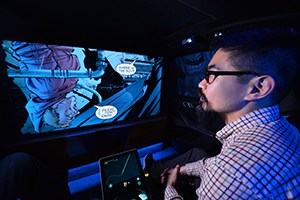Real tech, real applications: How business can apply CES 2019’s top trends.
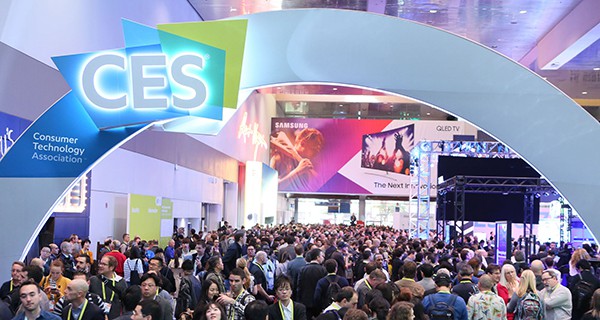
You can always count on the Consumer Electronics Show for some inspiring, thought-provoking innovation. What was once the domain of basically just television and audio equipment, CES has recently become much more than its name suggests. The devices and whiz-bang technological solutions presented at this year’s conference (which took place January 8-11) ran the gamut from security drones to automatic bread-baking vending machines, proving that today’s CES really encompasses all areas of our contemporary, digital lives. And with 2.75 million net square feet of exhibit space, it’s impossible not to see something that you can connect with your own business, whether you’re a traditional tech company or not. CES 2019 actually welcomed a number of historically low-tech entrants to the market — Procter & Gamble, for example, exhibited for the first time, introducing smart products like the Oral-B Genius X toothbrush, designed with artificial intelligence, and the Opté Precision Skincare Wand, that combines digital imaging and printing technology.
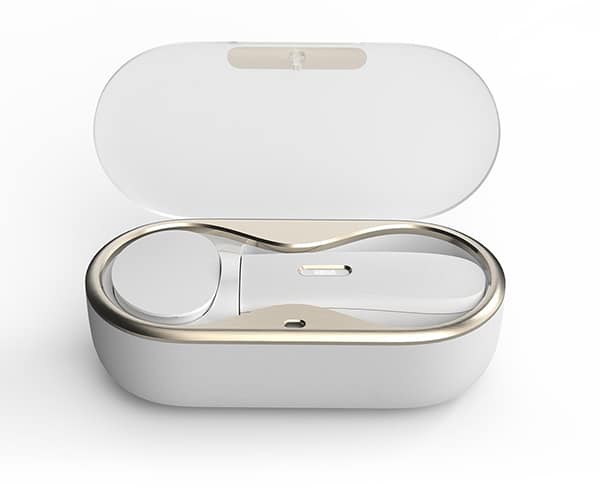
After walking the show floors this year, several other trends stood out with the potential to positively shape the way we live and work in the near future. With traditional brands leveraging new digital technologies to connect with consumers, it’s worth asking yourself: How might you integrate these cutting-edge technologies into your products and services to connect with consumers and improve your customer’s lives?
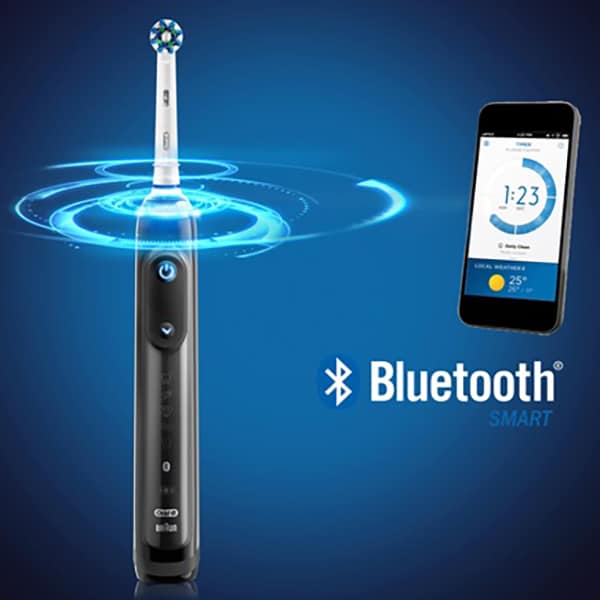
1. TECHNOLOGY THAT FEELS MORE AT HOME
Our relationship with our devices has changed as technology is becoming more humanized and its presence more ubiquitous: Our watches are smart. Our speakers can talk to us. Our thermostats control themselves. But companies are now starting to humanize device design by creating products that better blend into the aesthetic of our built environments rather than forcing shiny, angular black objects to fit into our home design.
We started seeing a shift toward this trend with Amazon‘s 2nd generation Echo device, available with decorative shell options in different finishes and fabrics (oak, walnut, heather gray, for example) to match your home decor. Google’s been taking the same approach, and really drove home the notion of integrating the look of tech into the living environment with its “Made by Google” display at CES this year. Google’s Home Max smart speaker in white fit right in among other curated decorative item sitting on a shelf below a potted plant.
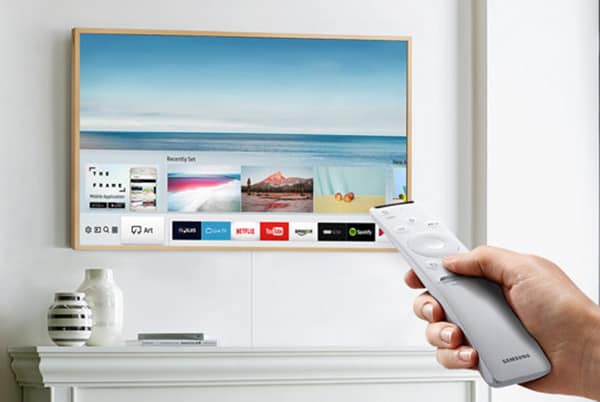
Similarly designed to “elevate the decor of any living space” was Samsung’s Frame TV, one of its newest lifestyle TVs that displays digital artwork when not in use. With pristine picture quality of QLED, when hung alongside a gallery wall of real paintings at CES, it was difficult to decipher which picture was the TV.
Design implication: Today’s technology needs to work harder to fit into peoples’ spaces, instead of the other way around.
2. AUTONOMOUS VEHICLES AS A “THIRD PLACE” ON WHEELS
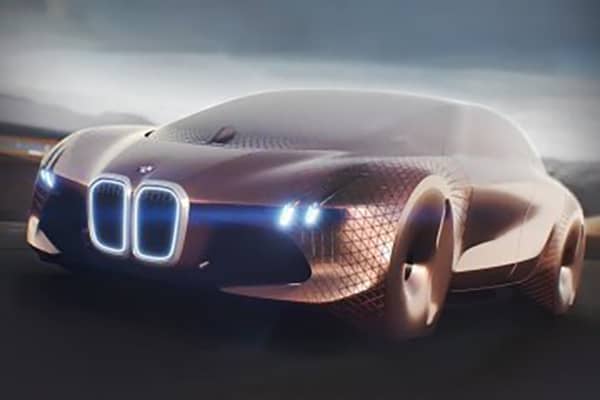
As expected, there was no shortage of concept cars at CES 2019, many pushing the promise of a future in which cars not only drive themselves but offer an in-car experience that might give rise to a new type of social environment.
A prime example is BMW’s Vision iNext. This self-driving, electric vehicle comes equipped with a built-in intelligent voice assistant, touch functionality and digital display screens, but the intelligent technology is designed to fade into the background when not in use, “in order to preserve the comfortable character of the rear compartment, and therefore keep the people on board at center stage.” In what they call “Ease” mode, the interior is more akin to a living room than a high-tech automobile: the steering wheel retracts to offer more space while the center console becomes like a coffee table for passengers.
Other companies outside of the strictly automotive realm got into the game, too, showing how their products could be used in self-driving vehicles. Take Intel and Warner Bros. who teamed up to show what in-car entertainment could look like one day, presenting a virtual ride through Gotham City with screens, audio, lights, and haptic feedback.
Design implication: With the potential for autonomous vehicles to unlock new modes of mobility, there’s also opportunity in people’s newfound free-time on the road.
3. ARTIFICIAL INTELLIGENCE IS GROWING UP
Up to this point, artificial intelligence has mostly been applied to things like speech translation and transcription, or on the visual side, object detection and face recognition. It’s been a gamechanger in a lot of situations, like in identifying errors in assembly line manufacturing, for example. But that kind of usage is still pretty narrow because it is programmed to perform a single task (like identifying patterns from a specific data set). CES 2019 showed that AI is starting to move from the mere predictive power of general AI to what is called broad AI.
Dario Gil, head of AI and quantum research at IBM, discussed the notion of broad AI alongside IBM president and CEO Ginni Rometty during the show’s keynote presentation and explained broad AI marries learning and a sense of reasoning, bringing it one step closer to a future of human-like intelligence. IBM demonstrated this at CES with its Project Debater – Speech by Crowd, an AI system for crowdsourcing points of view on a topic.
During the conference, IBM had tablets set up where CES attendees could submit typed arguments for and against a given topic each day, like “Gambling should be banned.” After collecting and analyzing each day’s worth of text, Project Debater constructed and delivered a compelling speech for each side of the argument based on the strongest and most-representative information. Designed to eventually help expand human reasoning and decision-making by evidence-based arguments with limited emotional influence or bias, its ability to aggregate and analyze this extent of information could be useful across a number of fields, from business to education and law.
Design implication: AI could be used to analyze large sets of qualitative data sets, like consumer research, to inform product platforms and innovation strategy.
4. DIGITAL HEALTH TAKES A TURN FOR THE BETTER
Consumer health’s presence at CES continues to grow; the Consumer Technology Association said this year brought 25 percent more health-related exhibitors to the show. And while the market is still dominated by wearables used for tracking and monitoring data, companies are now implementing innovations that deliver more to the consumer, including those that don’t just log data but give more personalized feedback to create behavioral change.
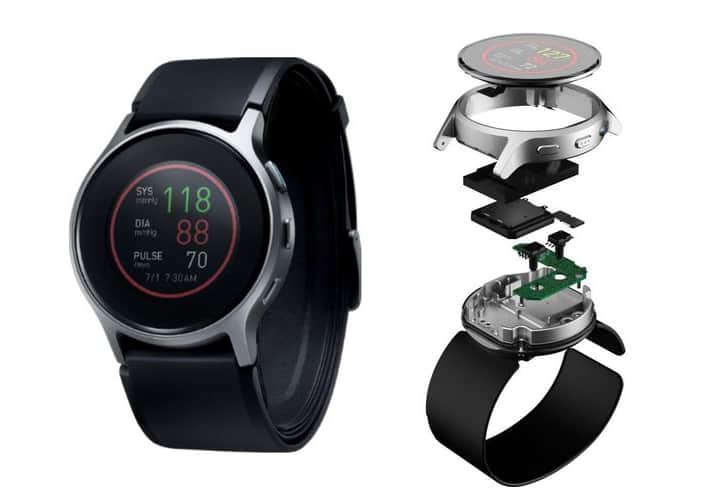
One big step in the leap between data tracker to bona fide health device: FDA approval. Garnering a lot of praise at this year’s CES was Omron’s HeartGuide, the first wearable blood pressure monitor cleared by the U.S. Food and Drug Administration. Designed as a wristwatch, it also tracks steps and monitors sleep, but with the added ability to check blood pressure, it can also expose forms of hypertension that don’t always show up during an annual visit to the doctor’s office.
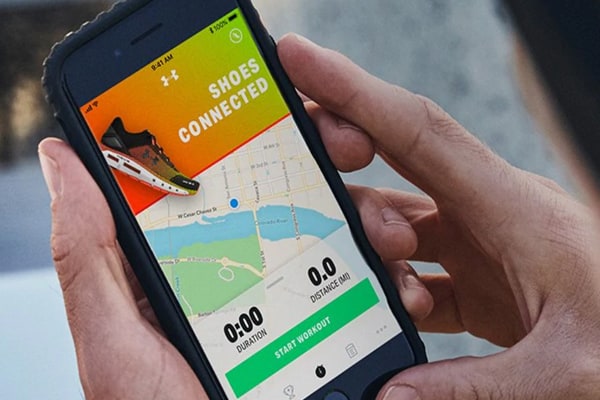
Over in the fitness realm, AI and VR were the acronyms of note. Under Armor, for example, is increasingly using AI to enhance fitness data collected from its HOVR connected running shoes and help customers accomplish fitness goals. The brand is also leveraging an ecosystem approach to innovation and showcased the current line-up of connected technologies for the HOVR shoes including the UA MapMyRun app, the Samsung Galaxy Watch, and the new UA True Wireless Flash headphones. The latter, engineered by JBL, basically puts a running coach in your ear. NordicTrack, on the other hand, is betting on VR to motivate consumers to get moving. The NordicTrack VR Bike gamifies workouts with the HTC Vive Focus standalone virtual reality headset; the handlebars become the controls, and the bike automatically adjusts incline and decline, resistance and airspeed, for an immersive sensory experience.
Design implication: As consumer health is trending toward delivering more value than standalone products provide, it could mean more opportunities for partnerships between med tech and consumer companies.
Back in the early days, the technology showcased at CES could be considered little more than entertaining accessories. But as tech becomes more ingrained in the fabric of our lives, CES is becoming much more than a showcase for cool consumer gadgetry. The conference is also proving to be a reflection of the state of modern society and culture — and a predictor for tech’s growing place within it.
If this year taught us anything, brands need to be considering the implications of CES trends across their own industries, from food and beverage to fashion and finance. Because in a constantly connected world, these days, every company is a tech company.

